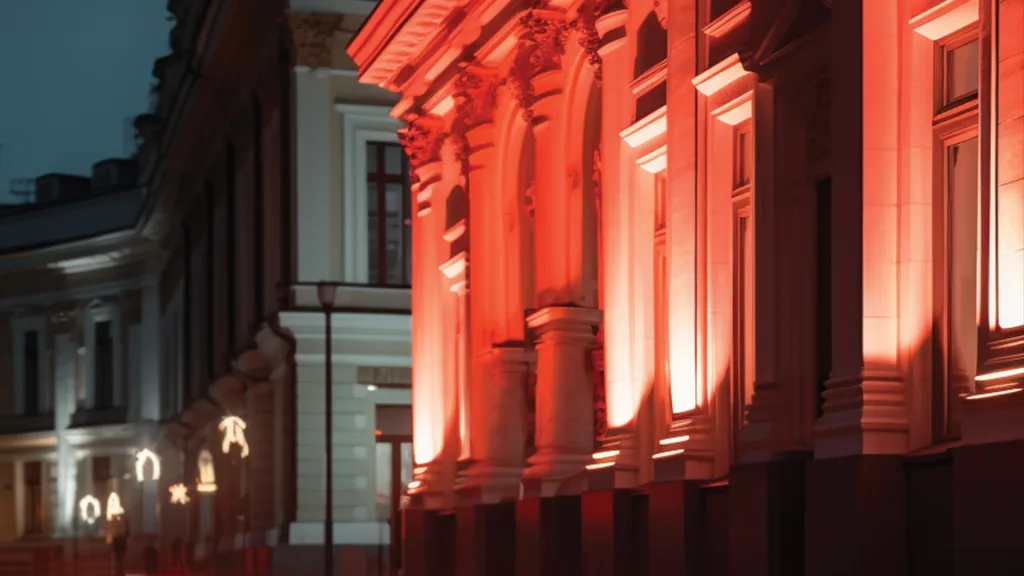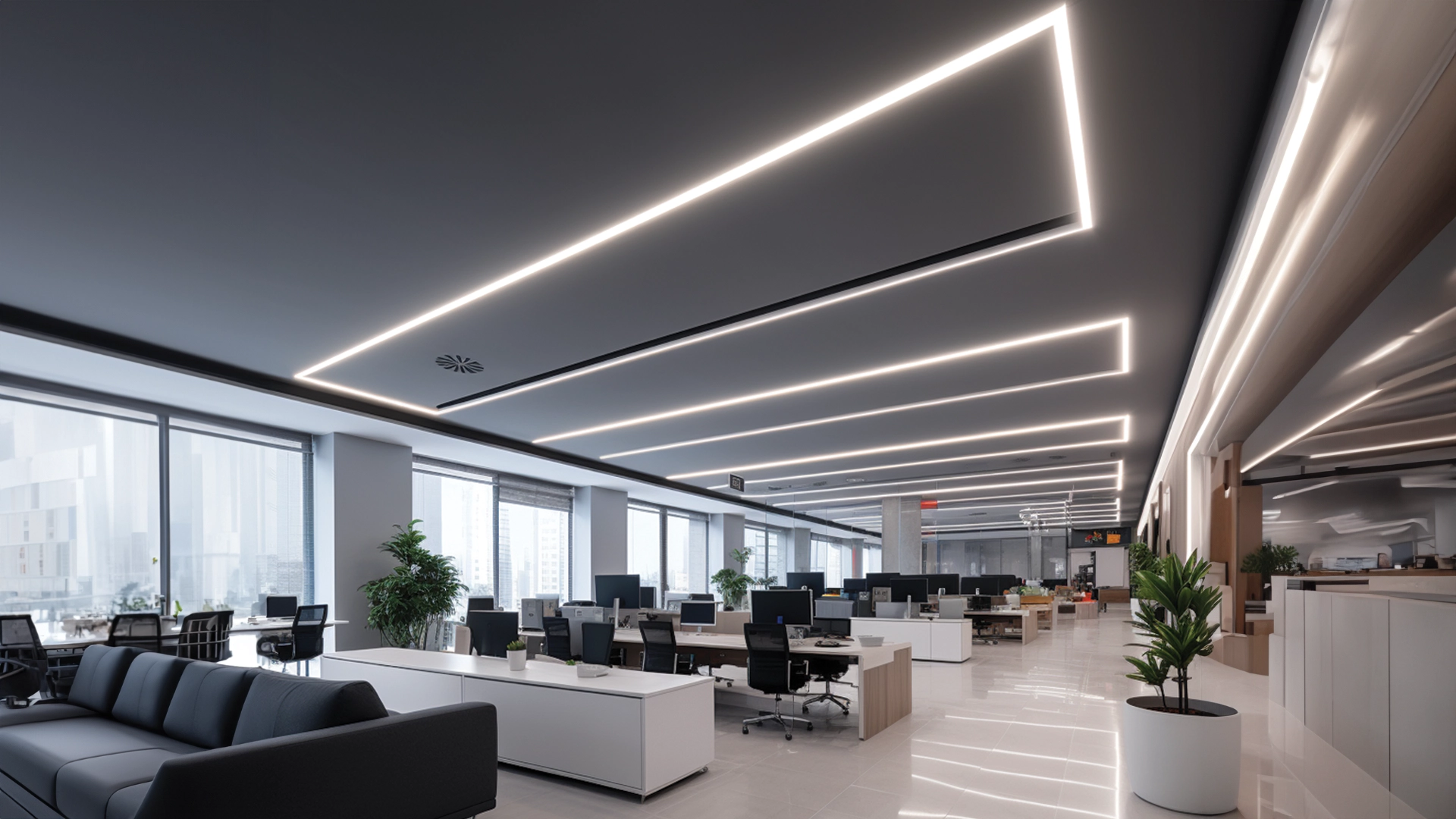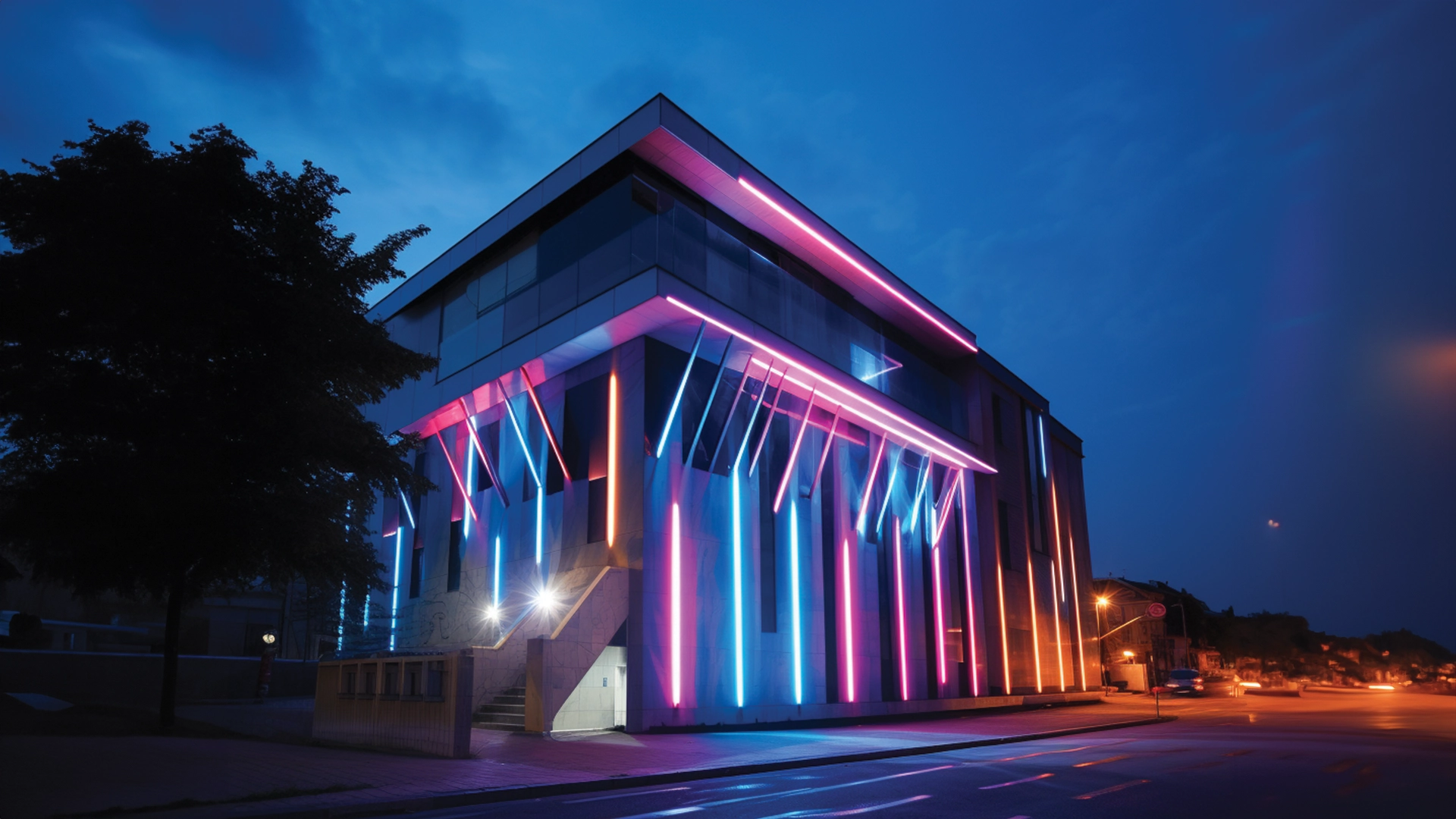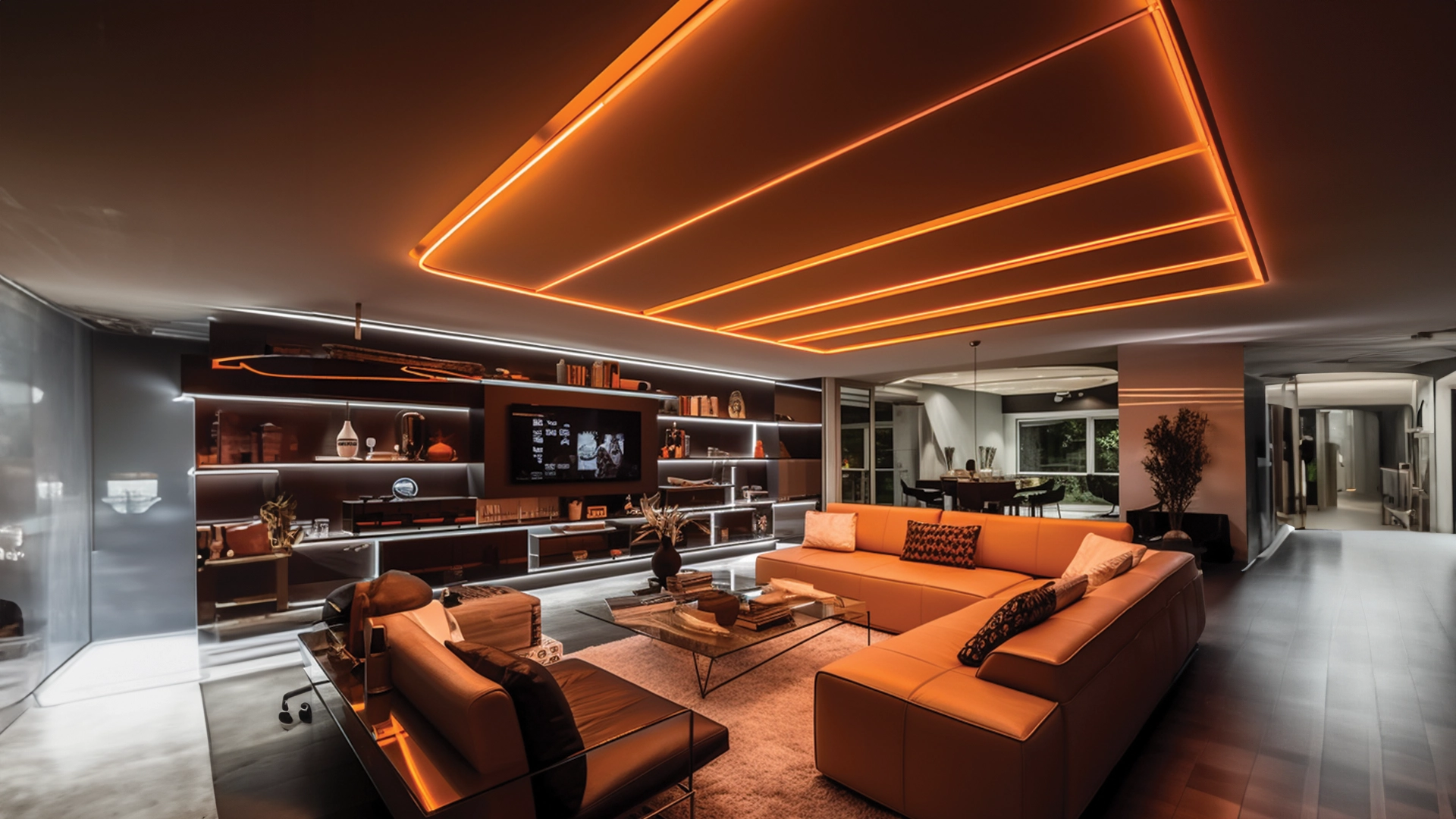The Role of Light in Architecture
Throughout human history, architecture has not only met the need for shelter, but has also been a reflection of aesthetic and cultural expressions. One of the most important elements of this expression is lighting. Lighting is a factor that significantly affects both the functionality and aesthetic value of the architectural work.

The Importance of Architectural Lighting
Architectural lighting includes the illumination of the interior and exterior of a building. A properly planned lighting design greatly affects the ambience, perception and usability of the space. Good lighting brings out the spirit of a place, while bad lighting can overshadow even the best architectural structures.

Aesthetics and Atmosphere
Lighting strengthens the aesthetic aspect of architecture. The play of light and shadow emphasizes the contours, textures and colors of the structures. The strategic use of artificial light sources in combination with natural light enriches the atmosphere of the space and creates an emotional impact.
Functionality and Safety
Lighting is also critical for the functionality of the space. Adequate and correctly directed light makes tasks more comfortable and safer. Especially in public and industrial buildings, lighting is vital for safety and orientation.

Indispensable for Architecture: Building Facade Lighting
Building facade lighting refers to the lighting works carried out to emphasize the night silhouettes of architectural structures, to give them an aesthetic appearance and at the same time to meet functional needs such as security.
Importance of Building Facade Lighting
Building facade lighting is a factor that significantly affects the external appearance of a building at night. With properly planned lighting, buildings can turn into artistic works of art in the dark of night. Lighting serves many purposes such as emphasizing architecture, highlighting structural features and ensuring environmental harmony. It is also important for functional aspects such as security and routing.
Importance of Building Facade Lighting
The techniques used in building facade lighting vary according to the architectural features of the building, the materials used and the desired effect. Here are some common techniques:
- Highlighting Lighting: Used to highlight specific architectural elements or building details.
- General Lighting: It is used to illuminate the entire building evenly.
- Shadow Plays: Used to create a dramatic effect using light and shadow.
- Color Animatic Lighting: Lights that create colorful animation are used to add a dynamic or specific atmosphere to buildings.

Materials and Technologies Used
Materials and technologies used in building facade lighting are constantly evolving. LED technology is the most popular option due to its advantages such as energy efficiency and long life. In addition, technologies such as DMX controls and automated lighting systems enable control and synchronization of lighting.
Design and Implementation Stages
The design and implementation process of building facade lighting requires careful planning and coordination. Here are the basic steps of this process:
- Needs Analysis: Determining the needs of the building and the environment.
- Design: Creating and detailing the lighting concept.
- Technical Drawings: Preparation of lighting plans and schemes.
- Application: Installation and adjustment of lighting equipment.
- Maintenance and Inspection: Regular maintenance of the lighting system and readjustment if necessary.
Points to Consider
There are some important points to be considered to achieve a successful result in building facade lighting:
- Environmental Impacts: Preventing light pollution and providing environmentally sensitive lighting.
- Energy Efficiency: Minimizing energy consumption and using sustainable solutions.
- Architectural Harmony: Lighting should be in harmony with the architectural character of the building.
- Safety: Ensuring both the safety of the structure and the safety of the people around it.
With the right planning, quality materials and professional application in architecture, buildings can take on an artistic expression even in the dark. Light not only fulfills our need to see, but also shapes the spirit of the space and creates an emotional impact. Each building tells its own story, and with the right lighting, this story shines like stars in the night sky.










